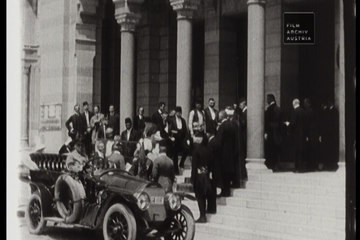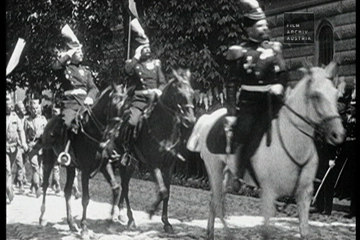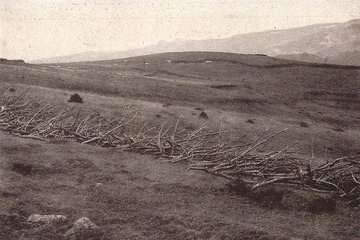Ethnic Conflicts and the Brutalisation of the Battles
The Serbian-Austrian conflict led to deliberately staged hostility and open hatred. The escalation of violence from summer 1914 was reinforced by the fact that a radicalised Austro-Hungarian army took over all authority in deployment and operations, and in many cases stopped differentiating between the military and civilians.




